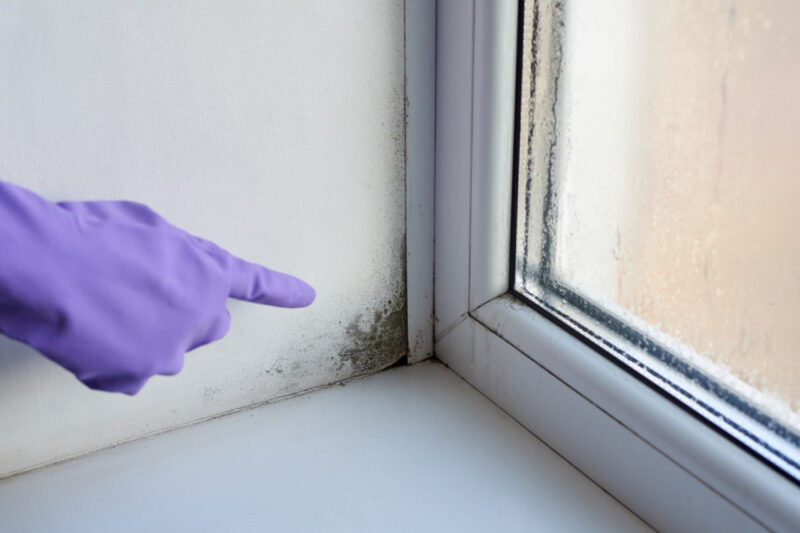Mold is a persistent intruder in many homes, thriving in damp and humid environments, and it poses serious health risks if left untreated. Managing and preventing mold issues requires a keen understanding of moisture control—a task that involves more than merely wiping away visible patches.
It demands vigilance and proactive strategies that can transform a susceptible space into a mold-resistant sanctuary. From identifying common sources of moisture, such as leaks and condensation, to implementing effective ventilation systems, the journey toward a mold-free home begins with awareness and action.
In this article, we will explore practical steps and insightful tips to help you master the art of moisture management, ensuring that you keep mold at bay and protect your living spaces for years to come.
The Role of Moisture in Mold Growth

Moisture serves as the vital catalyst in the intricate dance of mold growth, turning once-dormant spores into thriving colonies. When humidity levels rise above 60%, or when water infiltrates materials such as wood or drywall, mold begins to flourish, often hidden from plain sight.
This rapid proliferation can wreak havoc not just on structure but also on health, as airborne spores trigger allergies and respiratory issues. Interestingly, the relationship between moisture and mold is not merely linear; variations in temperature and the organic content of building materials can either accelerate or inhibit growth.
Thus, maintaining a consistent, controlled environment—where humidity is monitored and leaks are promptly addressed—is essential in creating an inhospitable atmosphere for mold, safeguarding both our living spaces and our well-being.
Assessing Your Home for Moisture Issues

To effectively assess your home for moisture issues, begin by conducting a thorough visual inspection in areas often neglected—crawl spaces, attics, and behind appliances. Look for signs of water damage, such as discoloration, peeling paint, or warped surfaces; these can be telltale indicators of underlying moisture problems.
Don’t forget the less visible culprits, like hidden leaks in plumbing or condensation accumulating on windows and walls. Additionally, measure the humidity levels throughout your home; ideally, they should remain between 30% and 50%.
Installing a hygrometer can help in monitoring these levels over time, offering insight into problem areas. If you smoke, use a dehumidifier, or even rely on houseplants for air purification, keep an eye on how moisture levels fluctuate with these practices.
Addressing these factors early can prevent mold growth and protect the integrity of your living space.
Regular Maintenance to Prevent Mold

Regular maintenance is essential in the ongoing battle against mold, a tenacious foe that thrives in damp conditions. Start by routinely checking areas notorious for moisture accumulation, such as bathrooms, basements, and under sinks.
Ensure that gutters are clear and downspouts direct water away from your home’s foundation — a simple step that can save you from a much bigger problem down the line. Inspect appliances like washing machines and refrigerators, as leaks can often go unnoticed until it’s too late.
Furthermore, be diligent about cleaning any spills or standing water immediately; mold does not need an invitation to grow. Don’t overlook the importance of maintaining indoor humidity levels — ideally below 60% — by using dehumidifiers in particularly damp areas.
By incorporating these proactive measures into your regular cleaning routine, you can significantly reduce the chances of mold making an unwelcome appearance in your home.
Conclusion
In conclusion, effectively managing and preventing mold issues requires a proactive approach centered around proper moisture control. By implementing strategies such as regular inspections, utilizing dehumidifiers, improving ventilation, and promptly addressing water leaks, homeowners can significantly reduce the risk of mold growth.
Partnering with a professional Mold Inspection Company can further ensure that hidden mold or moisture problems are identified and resolved before they escalate. By taking these preventive measures, you not only protect your home and health but also enhance the overall indoor air quality, creating a safer and healthier living environment for you and your family.


